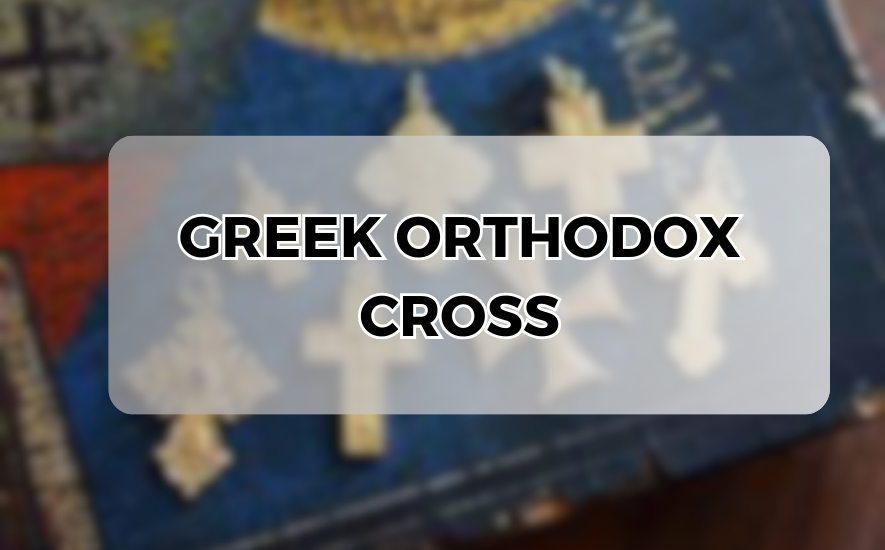Introduction:
In the realm of religious symbols, few are as revered and rich in meaning as the Greek Orthodox Cross. Embedded deeply within the traditions and theology of the Eastern Orthodox Church, this cross serves as a tangible embodiment of faith, encapsulating centuries of history, spirituality, and cultural heritage. Let us embark on a journey to unravel the layers of symbolism and significance behind this iconic emblem.
Origins and Design:
The design of the Greek Orthodox Cross is distinct and recognizable, characterized by a horizontal beam intersecting a longer vertical beam, with a smaller beam angled at the bottom. Its origins trace back to the Byzantine Empire, where it evolved from earlier Christian symbols. The horizontal beam symbolizes the inscription plaque placed above Christ’s head during his crucifixion, reading “Jesus of Nazareth, King of the Jews.” The longer vertical beam represents the stake driven into the ground, while the shorter diagonal beam is traditionally interpreted as the footrest upon which Christ’s feet were nailed.
Symbolism of the Cross:
At the heart of the Greek Orthodox Cross lies a profound symbolism that resonates deeply with believers. It serves as a potent reminder of Christ’s sacrifice and victory over death, central tenets of Christian faith. The vertical beam signifies the connection between heaven and earth, bridging the gap between the divine and the mortal. It represents Christ’s descent from heaven to earth for the salvation of humanity. Meanwhile, the horizontal beam symbolizes the reconciliation of humanity with God, as well as the unity of all people under Christ’s love and redemption.
The Sign of the Cross:
In Orthodox Christian worship and daily life, the sign of the cross holds immense significance. Believers frequently make the sign of the cross over themselves, their loved ones, and various objects as an act of blessing, protection, and devotion. The motion of the hand traces the shape of the Greek Orthodox Cross, reinforcing its symbolism and invoking the presence and grace of God.
Cultural and Spiritual Heritage:
Beyond its religious connotations, the Greek Orthodox Cross embodies a rich cultural heritage that spans centuries. It serves as a symbol of identity and unity for Orthodox Christians worldwide, transcending linguistic and ethnic barriers. In Orthodox iconography and art, the cross features prominently, adorning churches, religious artifacts, and personal adornments. Its enduring presence in both sacred and secular contexts underscores its enduring significance and universal appeal.
Conclusion:
The Greek Orthodox Cross stands as a timeless symbol of faith, resilience, and divine grace. Its intricate design and profound symbolism continue to inspire believers and captivate the imagination of seekers. As we contemplate its meaning and significance, let us embrace the enduring message of hope, redemption, and love that it represents, transcending time and space to unite believers across generations and cultures in a shared journey of spiritual discovery and renewal.




